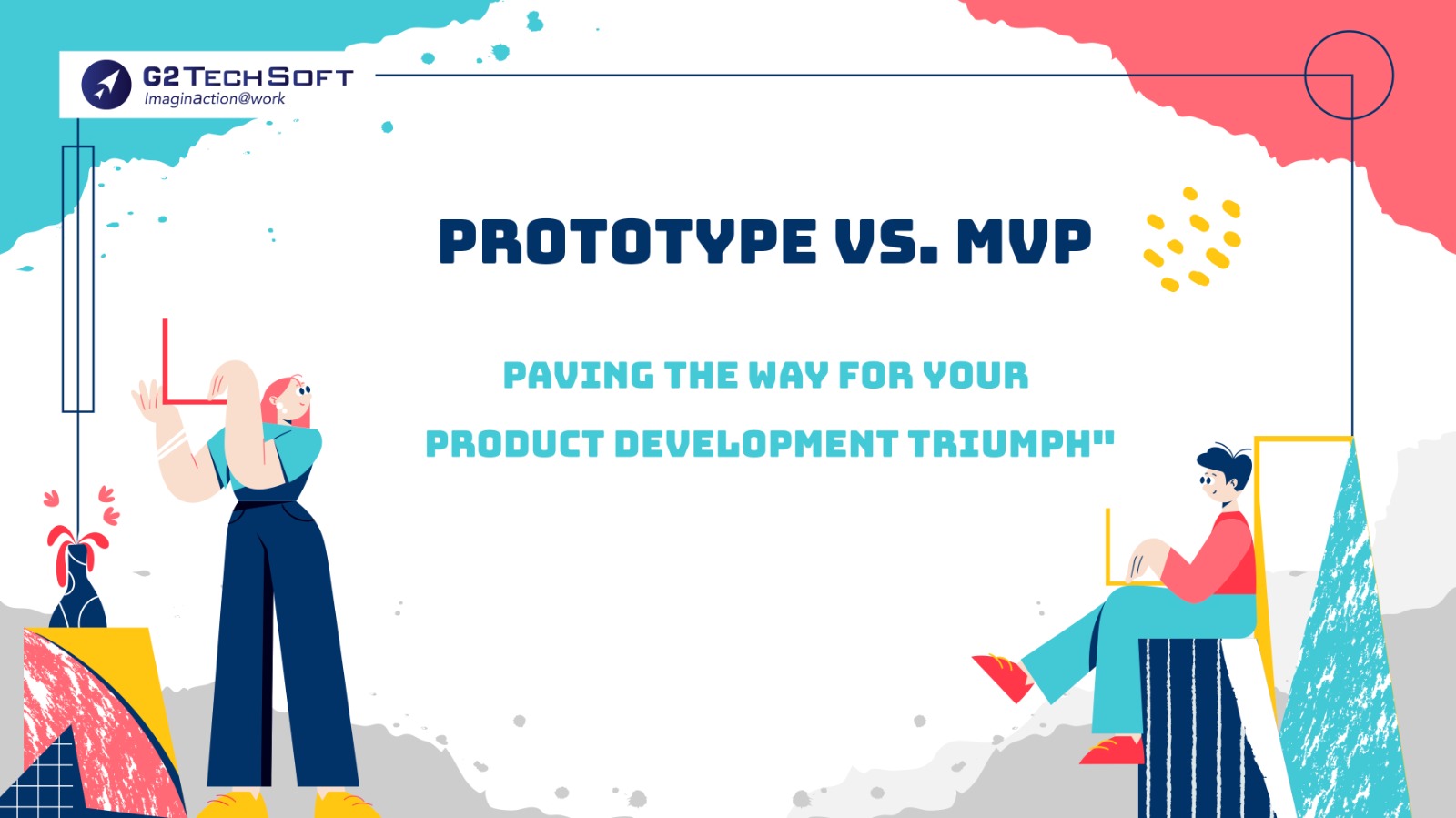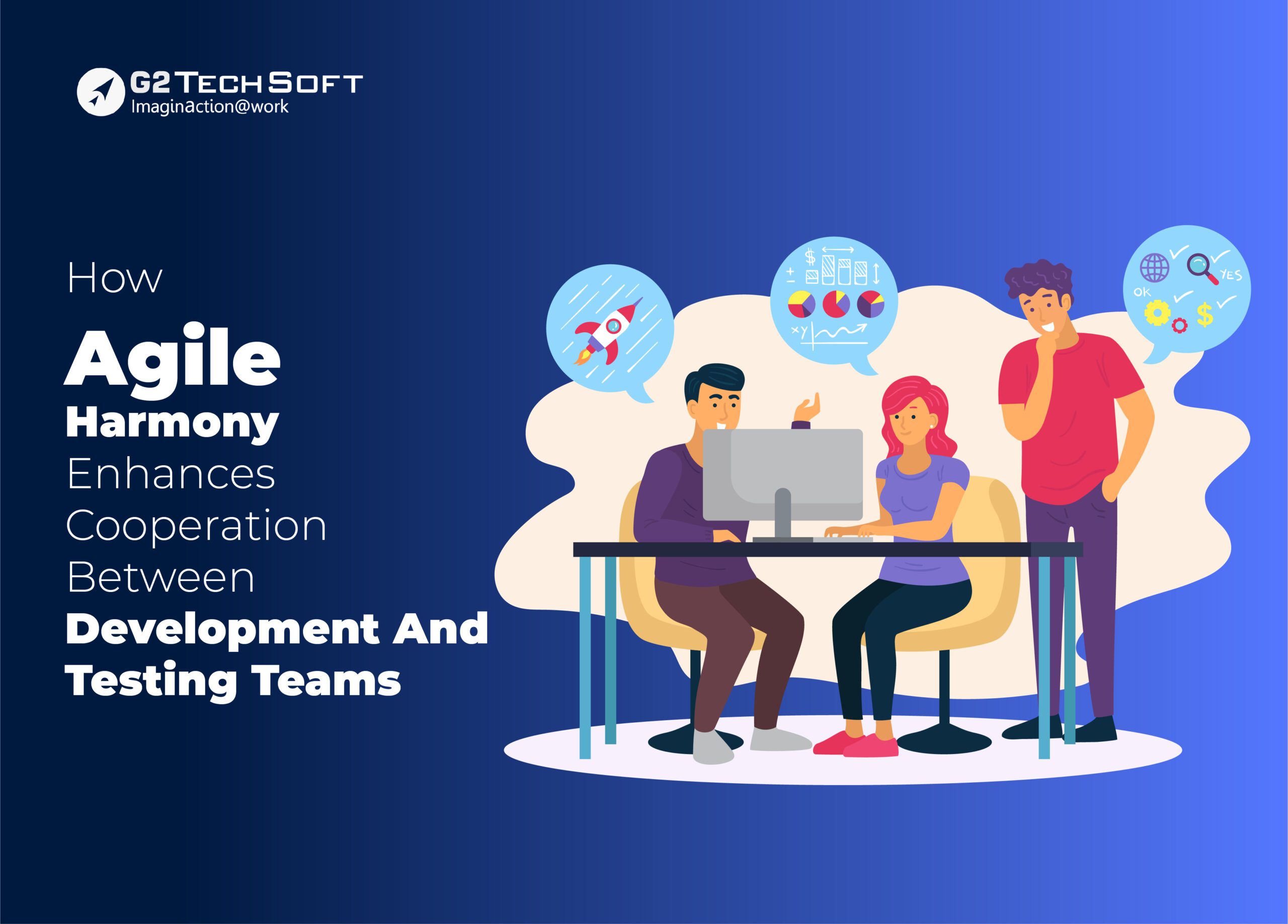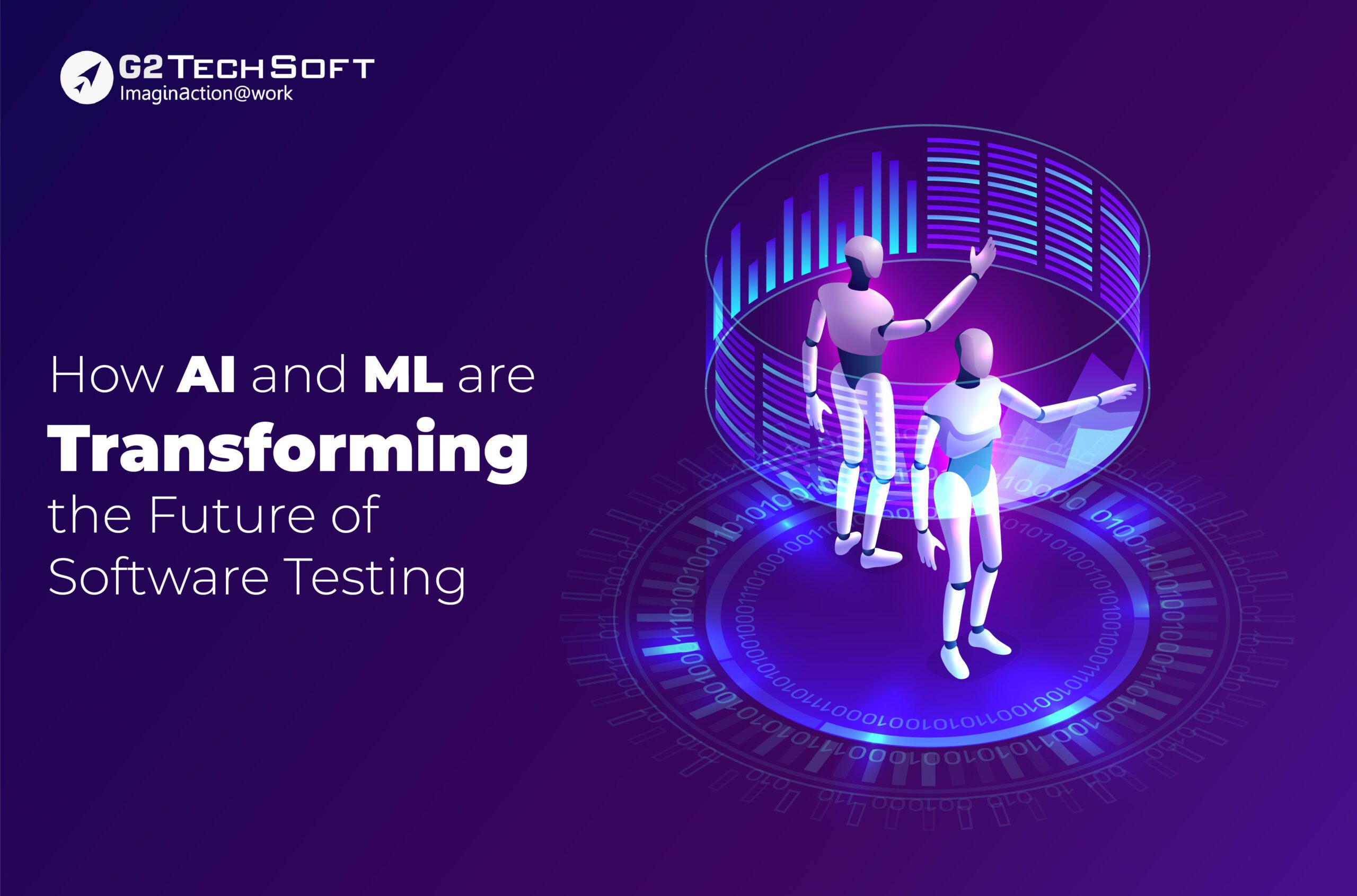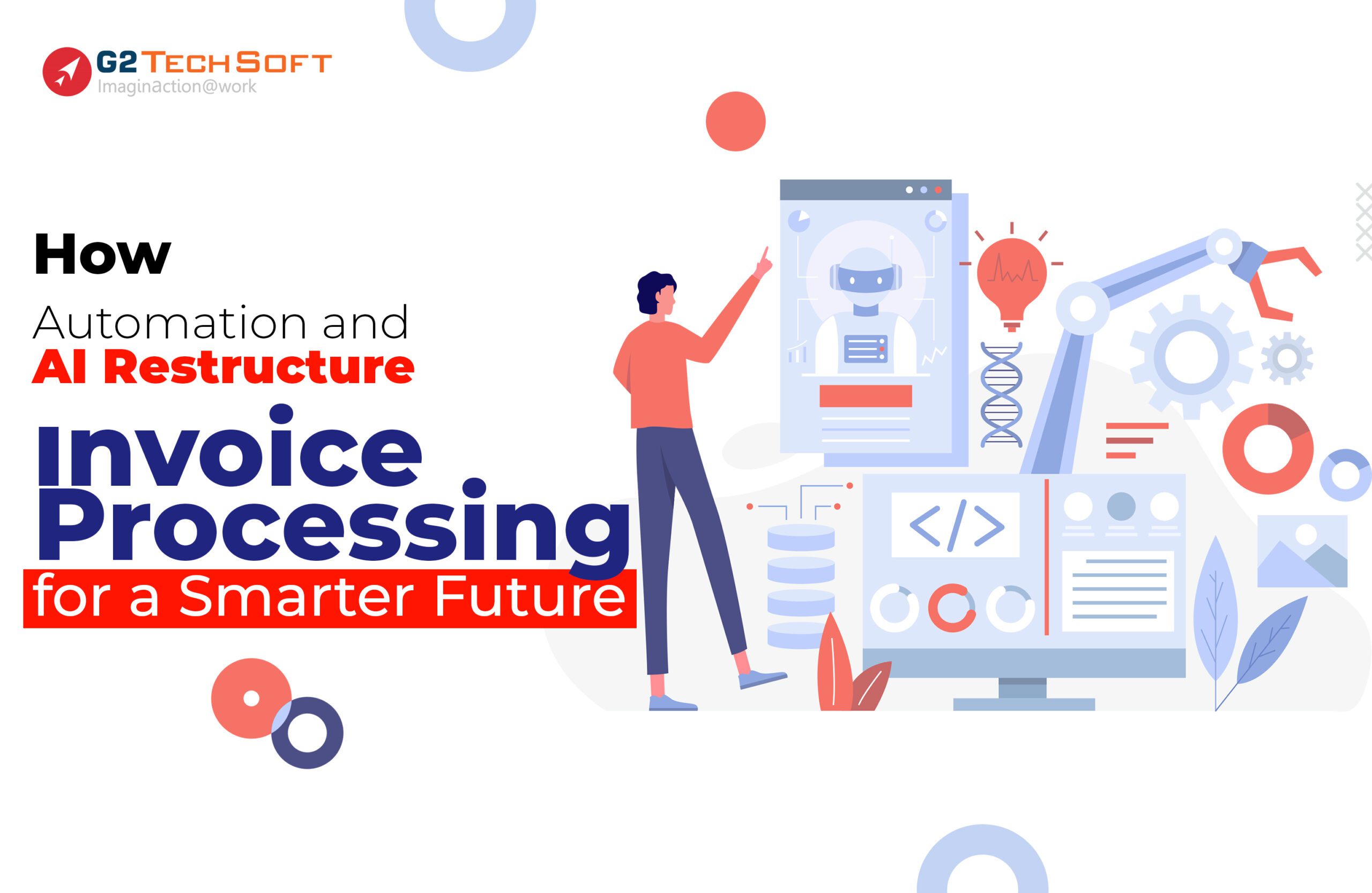
Prototype vs. MVP: Paving the Way for Your Product Development Triumph
In the realm of product development, two critical stages hold immense significance in transforming ideas into tangible solutions: prototyping and creating a Minimum Viable Product. Prototyping involves a collaborative effort among designers, developers, and product owners to shape the initial design, while an MVP is a functional product with minimal features that gauges user acceptance and market viability.
Prototype development commences with a clear definition of objectives and system requirements, resulting in a preliminary design in distinct forms like wireframes, mock-ups, or samples. It serves to collect early feedback, ensure efficiency, and facilitate informed decision-making.
On the other hand, an MVP represents a significant advancement from the prototype, focusing on essential features, validating hypotheses, and refining the product based on user feedback.
In this blog, let’s comprehend how prototypes and MVPs are paving the way for your product development triumph.
2023: Embracing Progress – The Evolution of MVP And Prototype
Prototyping and MVP development are pivotal steps in the product development journey, each serving distinct purposes and bringing unique challenges.
Prototyping will permit designers and developers to construct a preliminary version of the product, offering a tangible representation of the design. By employing tools like Figma and connecting static frames, designers can build clickable models that simulate the look and feel of a finished application. This interactive approach permits user engagement with elements such as dropdowns, buttons, and fields, providing valuable feedback early in the development process.
The challenge in prototyping lies in finding the right balance between speed and capturing all essential functionalities. It is pivotal to avoid spending too much time on aesthetic design while ensuring that the prototype fulfils all intended features. Keeping the focus on thorough functionality testing can help prevent overdesign and streamline the development process.
Moving on to MVPs involves building the most basic version of the product with the minimal features needed to meet customer needs. The main goal is to deliver a unique selling proposition that sets the product apart from others in the market. MVPs present an opportunity to start generating revenue quickly if the idea resonates with the target audience.
However, developing an MVP comes with its own set of challenges. It is essential for product creators to resist the temptation of adding excessive features, aiming instead to stay lean and focused on the core value proposition.
In 2023, the concept of MVPs will have evolved with the rise of no-code solutions and small web apps developed using streamlined frameworks like Next.js. The choice of approach depends on the nature of the product idea and the market it aims to serve.
Embracing the right tools and development strategies can lead to successful MVPs that bring innovative ideas to fruition.
Prototypes and MVPs: Key Advantages
Key Prototyping Benefits:
Cost-effectiveness: Prototypes are typically cheaper to construct than full-scale products as they require less development time and can have fewer features and lower fidelity.
Fast Feedback: Prototypes can be built and tested rapidly, allowing designers and developers to receive early feedback and detect product flaws, ensuring swift iterations.
Easy Adjustments: Prototypes are simple and flexible, making them easy to adjust based on user feedback or changing market conditions. This agility facilitates testing new ideas and comparing multiple options side by side.
Low Risk: Prototypes carry low financial and development time risks, making them an ideal option for startups and small businesses to test new concepts and designs before committing significant resources.
Fundraising Opportunity: A tangible prototype can be presented to attract potential investors or partners, showcasing the product’s potential and securing financial support.
Key MVP Benefits:
Concept Validation: MVPs offer a more realistic representation of the final product, enabling developers and designers to validate their ideas and assumptions. This practical approach will provide valuable insights that prototypes may not capture.
Real User Feedback: Unlike prototypes shown to a limited group, MVPs are open to thousands of unbiased users, providing essential feedback on features, user pain points, and UI elements. This data aids in prioritizing development efforts and making necessary adjustments.
User Acquisition: MVPs can attract early adopters and create buzz around the product, constructing a loyal user base and generating interest before the full market launch.
Revenue Generation: Releasing an MVP permits firms to start generating revenue early, mitigating project risks and providing additional funding to support further development.
Market Testing: MVPs serve as a way to test the product in the actual market, helping businesses assess its viability and potential success before investing more resources.
Iterative Development: MVPs promote iterative development, permitting firms to gather feedback, make improvements, and release new versions based on user needs and demands.
Prototypes and MVPs: Weighing the Pros and Cons for Success
When it comes to product testing methodologies, prototypes, and Minimum Viable Products offer distinct perks:
Cost: Prototyping wins here, being cheaper and quicker to construct with free tools, while MVPs require more investment, even with no-code platforms.
Time To Market: The MVP takes the lead, serving as the foundation of a real product and being closer to a market-ready solution compared to prototypes.
Collecting Feedback: Both methods excel at gathering feedback, with MVPs providing more realistic implementations while prototypes can be tailored to resemble the final product.
In many cases, a cluster of both approaches is ideal. Prototypes are useful for early feedback from colleagues, while MVPs can be sent to customers, permitting a comprehensive and effective product development process.
Prototype or MVP: Deciding the Best Approach for Successful Product Development
Both prototypes and Minimum Viable Products approaches offer perks such as cost reduction, risk mitigation, and avoiding technical debt.
When testing the basic product concept with limited resources, constructing a prototype is a suitable choice. It permits an initial gut reaction and quick feedback from users.
On the other hand, if the goal is to compare a feature’s performance against user preferences and gather measurable feedback, constructing an MVP is more appropriate.
The choice between a prototype and an MVP depends on maintaining the product and the target audience. Each option serves specific needs, and the decision should align with user requirements, budget constraints, and business objectives.
Ultimately, opting for the best-suited approach ensures a successful and user-centric product development process.
Key Takeaways:
Both prototypes and MVPs serve as crucial tools in the product development journey, each offering distinct perks and contributing to successful outcomes. Prototyping provides a cost-effective and efficient way to explore design concepts, gather early feedback, and reduce development risks.
On the other hand, MVPs act as the foundation of a real product, permitting concept validation, real user feedback, and early revenue generation.
The choice between a prototype and an MVP depends on the project’s stage, budget constraints, and target audience. While prototypes are ideal for testing the basic product concept and gathering initial gut reactions, MVPs excel at validating ideas, comparing feature performance, and attracting early adopters.
By leveraging the strengths of both methodologies, firms can refine their concepts, validate their hypotheses, and make informed decisions, setting the stage for a market-ready, impactful, and customer-centric product launch.
Furthermore, a thoughtful and balanced approach to prototyping and MVP development paves the way for product success in the dynamic world of innovation and technology.
Choose G2 TechSoft for Your Idea Validation:
When it comes to idea validation, G2 TechSoft is the perfect partner to bring your vision to life. Our prototyping and MVP development expertise ensures that your ideas are thoroughly tested and refined before committing to full-scale development.
With our cost-effective and efficient prototyping services, we help you explore design concepts and gather early feedback, ensuring that your product’s functionality aligns with your vision. G2 TechSoft’s skilled team of designers and developers collaborates to construct clickable models that simulate the final application, permitting seamless user interactions and valuable insights.
At G2 TechSoft, we comprehend that idea validation is a primary step in the product development journey. Our firm’s goal is to deliver you the best-suited approach, whether through prototypes or MVPs, tailored to your project’s stage and target audience.
Choose G2 TechSoft as your trusted partner for idea validation, and together, we will pave the way for your product’s success in the dynamic world of innovation and technology.




